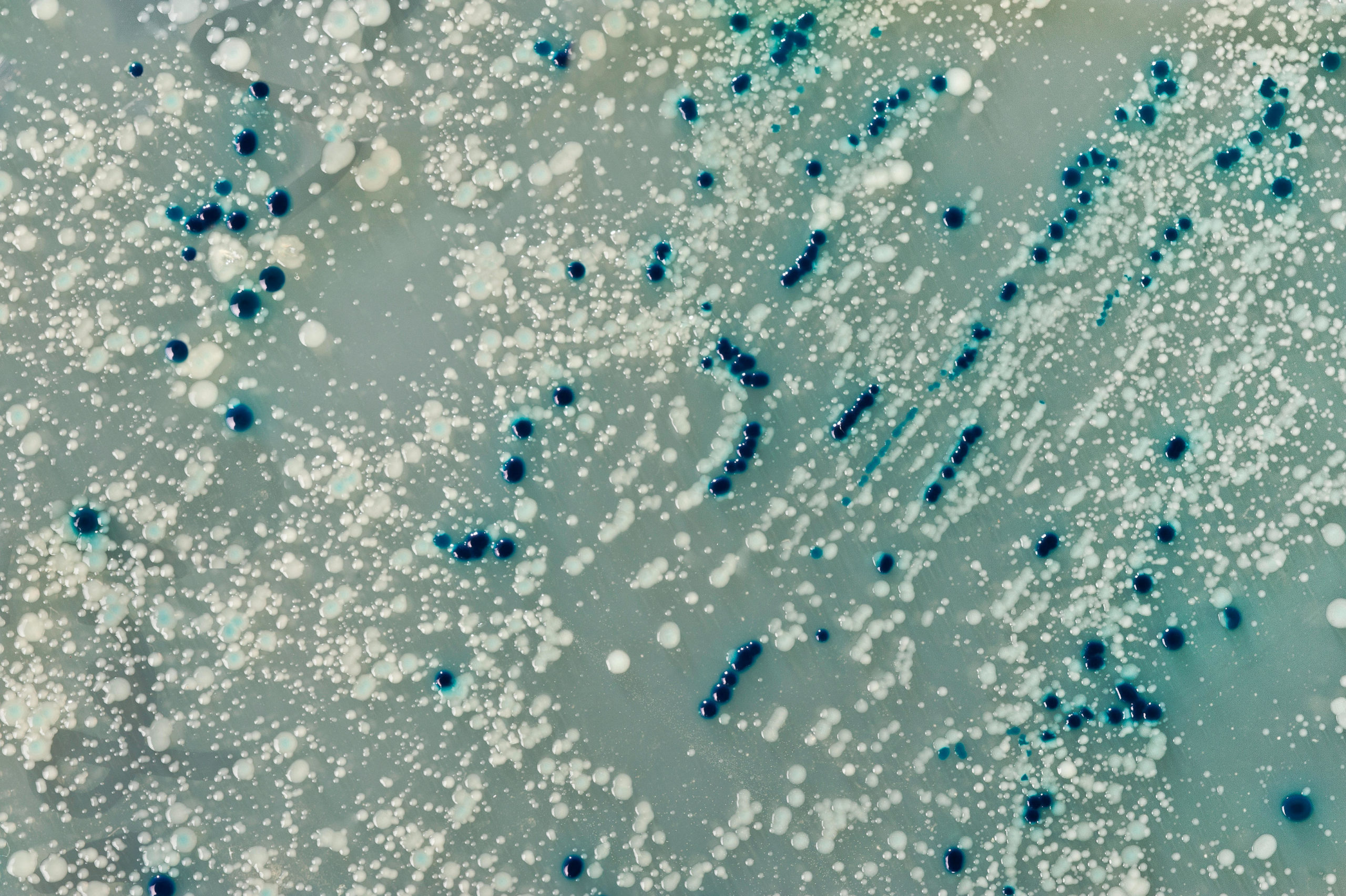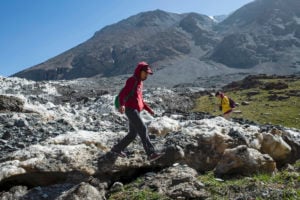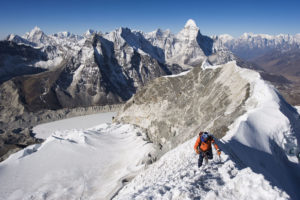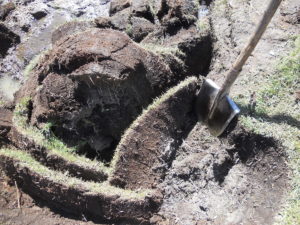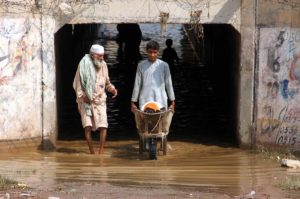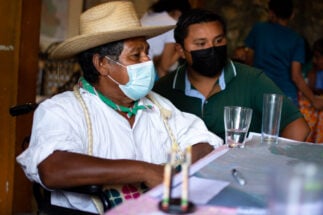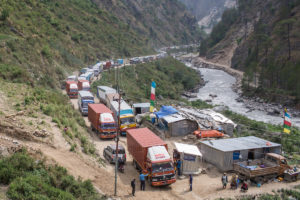As the Covid-19 pandemic wreaked havoc worldwide in 2020, scientists scrambled to produce vaccines. Millions of lives were lost, even though the existence of coronaviruses – the class to which the virus causing Covid-19 belongs – was well known. Scientists had known coronaviruses could infect humans for over 60 years, but they were not considered a serious enough threat to be studied for a possible vaccine until the 2003 SARS outbreak, which killed 10% of people who contracted it. The threat level escalated when Covid-19 transferred from animals to humans in 2019.
According to experts, microorganisms have the capability to present danger spanning centuries. Modern and ancient pathogenic microbes trapped in ice could lead to epidemics or even pandemics when released.
“There was [a] study that showed that virus found on frozen bodies of 1918 Spanish flu victims is still capable of infecting others. This is only 100 years old,” says Gautam Menon, professor of physics and biology, and director of the Centre for Climate Change and Sustainability at Ashoka University in India.
As part of a study published in June in the journal Nature Biotechnology, scientists from Lanzhou University in China took samples from 21 glaciers on the Tibetan Plateau to evaluate the potential health risks of glaciers melting. The researchers identified 968 microbial species and 25 million protein-coding gene clusters.
Genes in a DNA or RNA code for proteins, which are the building blocks of structures including enzymes or cells
They concluded that almost half (47%) of the virulence factors identified are not currently well known as molecules that help bacteria to infect a host at the cellular level. This means the researchers have discovered new, potentially hazardous, microbial species that may cause disease outbreaks. And they occur close to the two most populous countries in the world – India and China – where these microbes can easily be transported in the rivers that originate in the Himalayas and the Tibetan Plateau
The researchers could not be reached for comment, but experts say there is cause for concern.
“What we are talking about here is something that is completely unknown – though a rare worry now, it needs attention. These are microbes stuck for centuries; we have not been exposed to them and have no natural immunity,” says Menon.
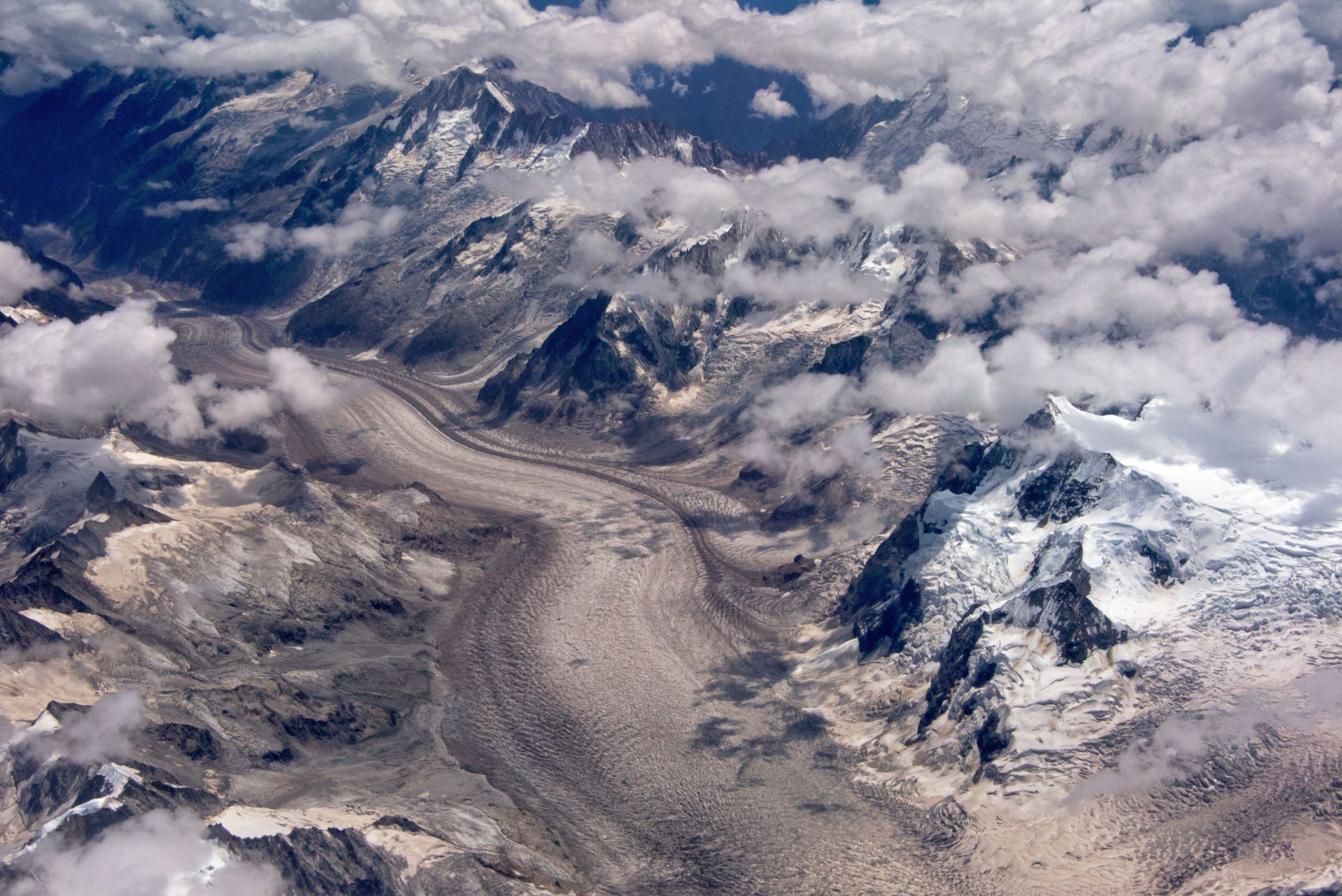
The study revealed that while some of the microbes belong to the proteobacteria class (also known as pseudomonadota), 82% are novel species.
“Microbes in the pseudomonadota class are less worrisome, since they are the general bacteria that cause an upset stomach. But it is the unidentified microbial species that are a cause for concern. These unidentified microbes can be a threat to the ecosystem as well as to humans,” says Aliya Naz, an expert in environmental toxicology and health risk assessment, and assistant professor at OP Jindal Global University in India.
The study has led to the creation of the Tibetan Glacier Genome and Gene (TG2G) catalogue, a platform to identify and compare glacier microbial functions on a global scale. But, experts say, this highlights the need for wider glacier studies.
These are microbes stuck for centuries; we have not been exposed to them and have no natural immunityGautam Menon, Ashoka University
“More research is needed for the identification of changes in microbial diversity in the different Himalayan regions. [It has been] established that unidentified microbial communities now predominate in the Indo-Tibetan region, northeast Himalayas and even in the western Himalayas (Ladakh),” Naz says, citing a paper confirming the discovery of methanogens in soil samples. Methanogens are microorganisms that produce methane as a byproduct of metabolism, and are mostly found in environments that lack oxygen.
Another paper on the microbiome of the Himalayan ecosystem described the presence of “unknown” microbes, even though it found proteobactaria to be dominant, indicating that more studies are required.
“It is very important to conduct a genomic analysis on our glaciers and assess who [is] potentially at a higher risk,” Menon says, referring to remote communities who live close to rivers and have not been exposed to these microbes previously.
The global warming cataclysm
Global warming has increased the rate at which glaciers melt. Between 2000 and 2020, 85.3% of 1,704 of the world’s glaciers retreated. The Tibetan Plateau contains low-latitude glaciers that are vulnerable to global warming, and glaciers in India are melting at a similar rate. This retreat will increase the volume of nutrients and microorganisms released into downstream ecosystems, posing a risk to life.
“Global warming accelerates glacier retreat, and the enhanced meltwater discharge can increase the chance of these virulence factors interacting with local plants, animals and humans,” the Lanzhou University study says.
Menon stresses that since humans do not have defences against these microbes because they originate from unexpected sources, this will become an increasingly important problem associated with global warming.
The Lanzhou University study reveals that some of these micro-organisms have demonstrated “the ability to adapt to these extreme conditions and contribute to vital ecological processes, such as carbon and nitrogen cycling”, creating a vicious feedback loop. Naz explains that the methanogenic microbial strains beneath melting ice caps that are being exposed are accelerating global warming. As they produce methane, an extremely potent greenhouse gas with a global-warming potential of up to 34 times that of CO2, this could cause ice caps to melt even faster in future.
These unidentified microbes can be a threat to the ecosystem as well as to humansAliya Naz, OP Jindal Global University
The need for further research into microbes in glaciers
The microbes that inhabit glaciers differ from place to place, meaning one study from Tibet may not be valid for other glaciers. It is therefore important to conduct individual studies to prepare countries for potential disease outbreaks.
“Some of these microbes have strong adaptive abilities and, in favourable conditions, they may proliferate. This will lead to pathogenicity [the ability of the pathogen to produce disease]. Thus it is highly important to learn the role of these microbes on the human population, their adaptive features, and which flora [plants] they exist in,” says Ram Chandra, head of the department of environment microbiology at Babasaheb Bhimrao Ambedkar University in India.
Chandra cites the example of Covid-19. Even after coronavirus was discovered, its effect on the population and its highly adaptive nature could not be known.
“The government should invest more in similar studies as [the one] done by Lanzhou University, as there is no concrete data available at the moment,” he says.
